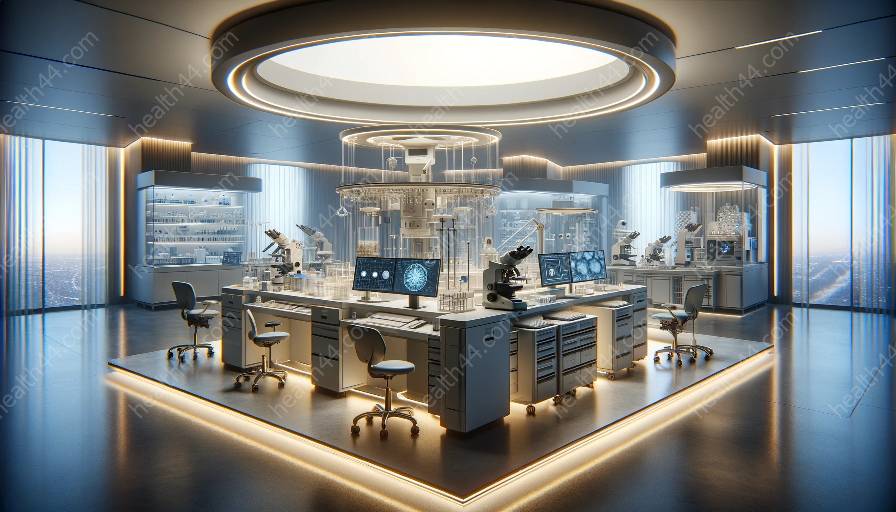Safety cabinets are vital components in ensuring the safety of laboratory equipment and medical devices & equipment. They provide a controlled environment for handling hazardous materials and protecting both personnel and the surrounding area from potential risks. In this comprehensive guide, we will explore the types, uses, and maintenance of safety cabinets, as well as their crucial role in maintaining a safe laboratory setting.
Types of Safety Cabinets
1. Biological Safety Cabinets (BSCs)
Biological Safety Cabinets are designed to provide aseptic work areas for the safe handling of biological materials. There are three primary classes of BSCs: Class I, Class II, and Class III, each offering different levels of protection for personnel, the environment, and the sample being manipulated.
2. Chemical Safety Cabinets
Chemical safety cabinets are specifically designed to store and handle hazardous chemicals. They are crucial for preventing chemical exposure, spills, and accidents. These cabinets are often fitted with appropriate ventilation systems to control and remove harmful fumes and vapors.
3. Flammable Storage Cabinets
Flammable storage cabinets are used to safely store flammable liquids and prevent the risk of fire or explosions. These cabinets are constructed with fire-resistant materials and are equipped with features such as self-closing doors and ventilation to minimize the danger of combustion.
Uses of Safety Cabinets
Safety cabinets find various applications in laboratory settings and facilities handling medical devices & equipment. They are essential for:
- Storing hazardous chemicals and materials
- Protecting personnel and the environment from exposure to biological agents
- Preventing fires and explosions by safely storing flammable substances
- Maintaining a clean and controlled environment for working with sensitive samples and equipment
Maintenance of Safety Cabinets
Proper maintenance of safety cabinets is crucial to ensure their effectiveness and the safety of laboratory personnel and equipment. This includes regular inspections, testing of ventilation systems, and compliance with relevant safety regulations and standards. In addition, proper storage and segregation of hazardous materials within the cabinets are essential to prevent cross-contamination and ensure safe handling.
Importance of Safety Cabinets in the Laboratory Setting
The importance of safety cabinets in the laboratory setting cannot be overstated. They play a critical role in safeguarding personnel, the environment, and valuable equipment from the potential hazards associated with the handling of hazardous materials and sensitive samples. By providing a secure and controlled environment, safety cabinets contribute to maintaining high safety standards and compliance with regulations, ultimately supporting the smooth and efficient operation of laboratories and facilities handling medical devices & equipment.


